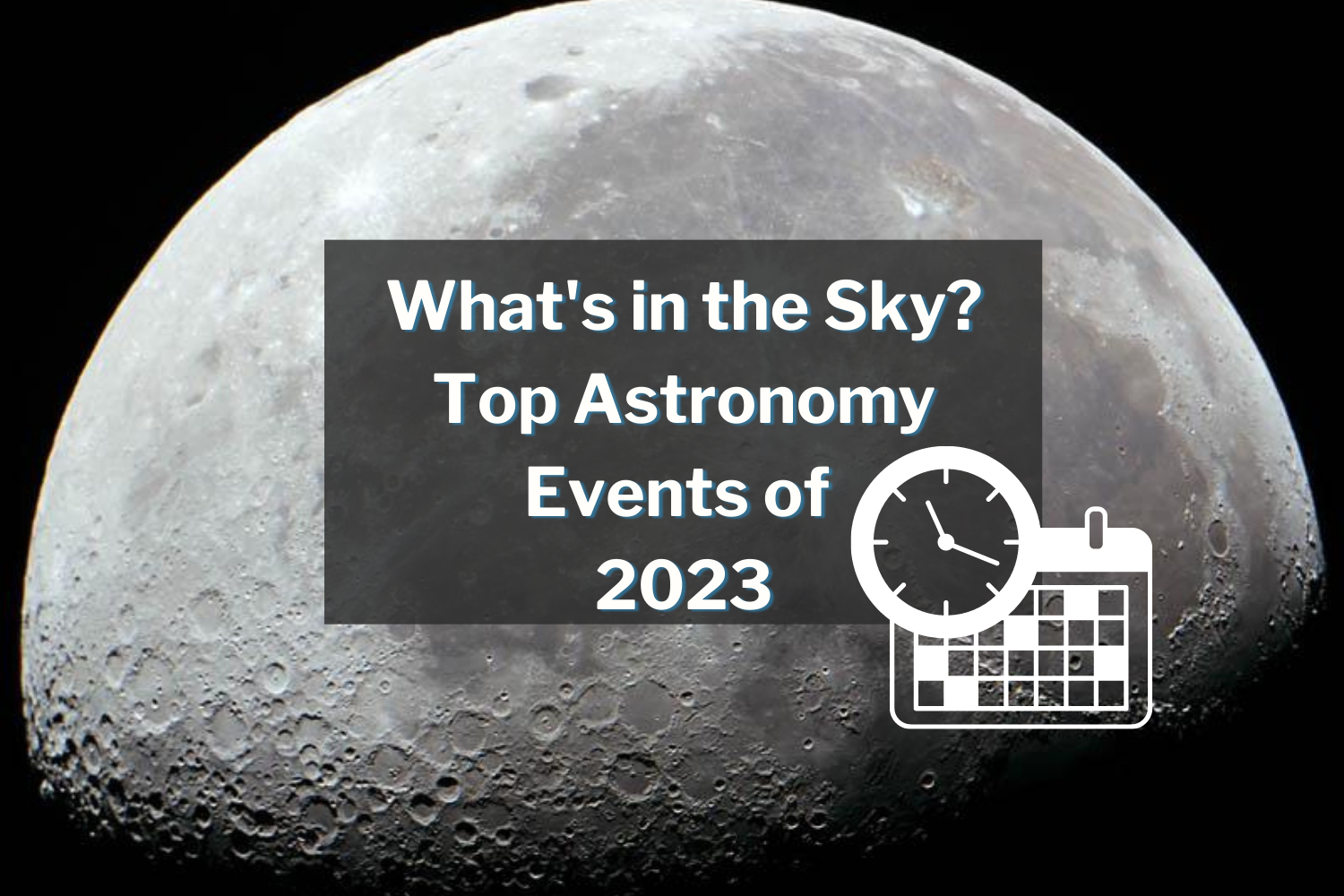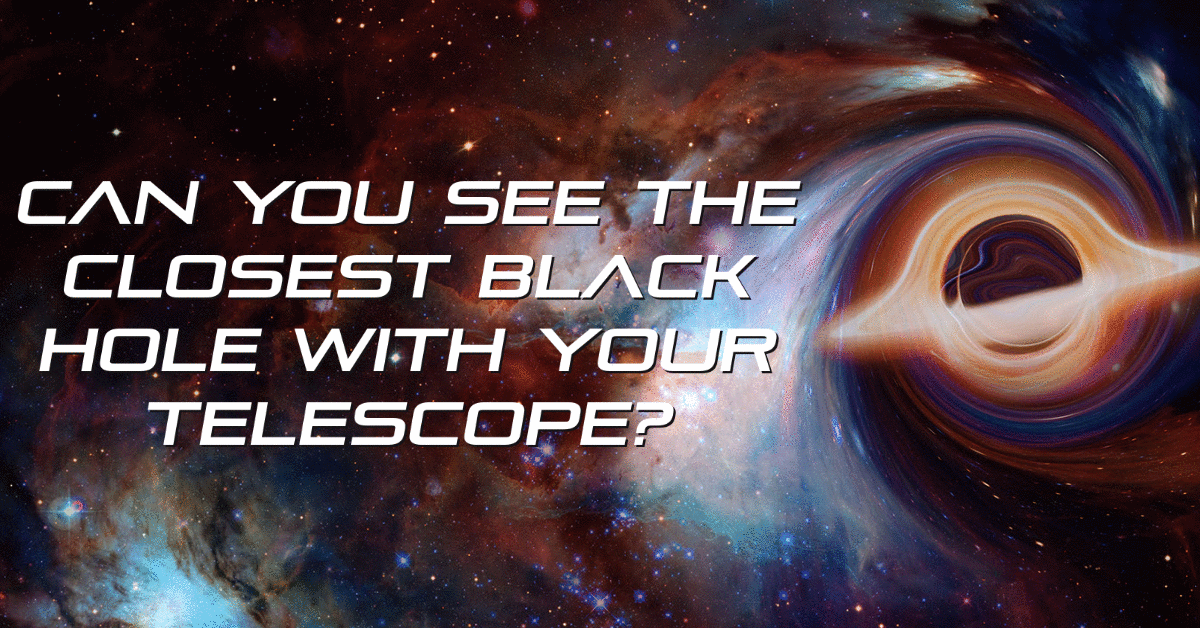Astronomical Events October 2020
It's officially spooky season and the night sky has a lot of treats for astronomers to observe and image all month long! Enjoy October’s astronomy events that include two full moons, meteor showers, and Mars in opposition.
See our Mars Opposition Guide 2020 to learn about everything you need to prepare, how to image Mars, and more!
Alright, get your gear ready and save the date for these October 2020 astronomy events!
Download your free calendarshere.
Full Moons, Planets, and More
October 1 - Full Moon
This Full Moon, also known as the Harvest Moon, is the Full Moon that occurs closest to the September equinox each year. This Full Moon was known by some early Native American tribes as the Hunters Moon because at this time of year the leaves are falling and the game is fat and ready to hunt. It has also been known as the Travel Moon and the Blood Moon.
October 1 - Mercury at Greatest Eastern Elongation
The planet Mercury reaches greatest eastern elongation. This is the best time to view Mercury because it will be at its highest point above the horizon in the evening sky. Look for the planet low in the western sky just after sunset.
October 7 - Draconids Meteor Shower
The Draconids is a minor meteor shower producing about 10 meteors per hour. It happens every year from October 6-10 and peaks this year on the night of October 7th. The Draconids is different because it is best viewed in the early evening as opposed to other showers that are best viewed in the early morning.
October 13 - Mars at Opposition
On this day Mars will be at its closest approach to Earth and its face will be fully illuminated by the Sun. It will be brighter than any other time of the year and visible all night long. This is the best time to view and photograph Mars. A medium-sized telescope will allow you to see some of the dark details on the planet's orange surface. Learn more here.
October 16 - New Moon
This is many astronomers favorite moon phase because there is less light pollution giving you a darker sky and more visible stars!
October 21, 22 - Orionids Meteor Shower
The Orionids meteor shower produces about 20 meteors per hour at its peak. It happens every year from October 2 to November 7, peaking this year on the night of the 21st to early morning of the 22nd. It is produced by dust grains left behind by comet Halley, which has been known and observed since ancient times. The best time to view it will be after midnight from a dark sky location.
October 29, 30 - Southern Taurids Meteor Shower
The Southern Taurids meteor shower produces about 5-10 meteors per hour. It happens every year from September 10 to November 20 and peaks this year on the night of the 29th into the early morning of the 30th. The Southern Taurids meteor shower is known for producing a higher than normal percentage of bright fireballs. The almost full moon will make it hard to see all but the brightest meteors so be patient, you might still get to catch some! The best time to view will be right after midnight from a dark sky location.
October 31 - Full Moon, Blue Moon
You know that saying, “once in a blue moon?” Tonight’s Moon is the reason this saying came to be because it is the second Full Moon in the month of October.
October 31 - Uranus at Opposition
The blue-green planet will be at its closest approach to Earth and its face will be fully illuminated by the Sun. It will be brighter than any other time of the year and will be visible all night long. This is the best time to view Uranus. Due to its distance, it will only appear as a tiny blue-green dot in all but powerful telescopes.
Northern Hemisphere Constellations and Deep Space Objects
Lacerta
- Open Cluster NGC 7243
- Planetary Nebula IC 5217
Pegasus
- Messier 15 (NGC 7078, Cumulo de Pegaso)
- Stephan’s Quintet of Galaxies
- The Einstein Cross (a gravitationally lensed quasar)
- The unbarred spiral galaxy NGC 7742
Southern Hemisphere Constellations and Deep Space Objects
Aquarius
- Globular clusters Messier 2 and Messier 72
- The asterism Messier 73
- Planetary nebulae NGC 7293, also known as the Helix Nebula or the Eye of God,
- NGC 7009, the Saturn Nebula
- The peculiar galaxies NGC 7727 and NGC 7252, also known as the Atoms for Peace Galaxy.
Piscis Austrinus
- NGC 7173
- NGC 7174
- NGC 7176
- Spiral galaxies NGC 7314, NGC 7259 and NGC 7172.
Grus
- NGC 7424
- The lenticular galaxy NGC 7213
- The giant elliptical galaxy IC 1459
- The planetary nebula IC 5148, also known as the Spare Tyre Nebula
Octans southern
- NGC 7095
- NGC 7098
Too many clouds? Come hang out with the OPT team on ClearSkiesNetwork on Twitch where we stream daily and have hosts from all over the world remote control OPT observatories, telescope talk, and more! Or check out our What to Do When it’s Cloudy to find some astro inspiration on those cloudy nights.
What October astronomy event are you most excited about? Tell us in the comments below.














